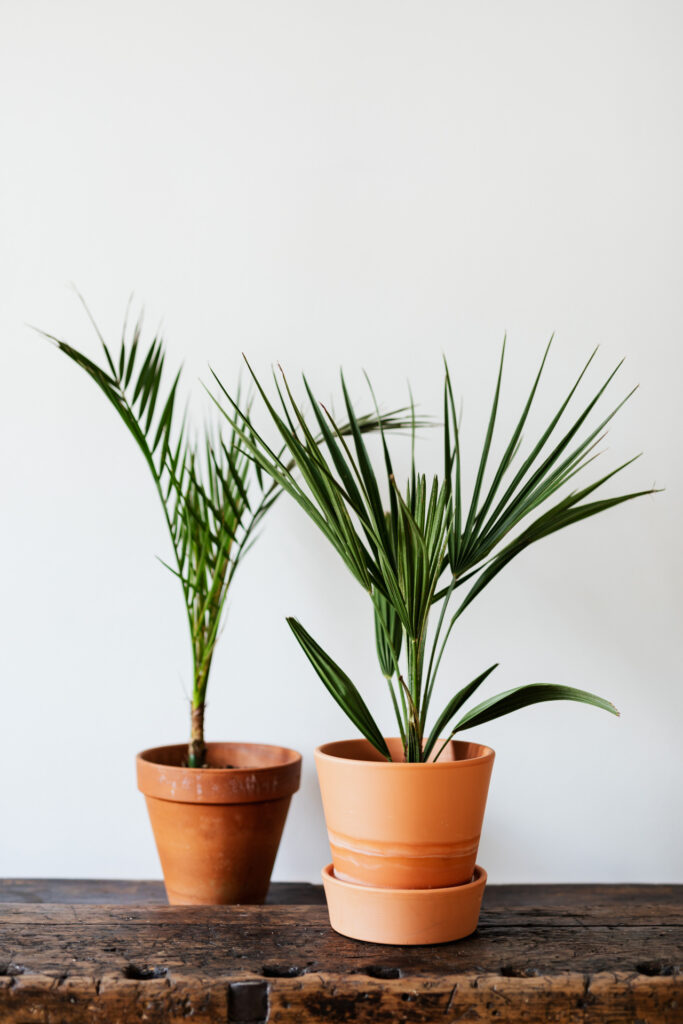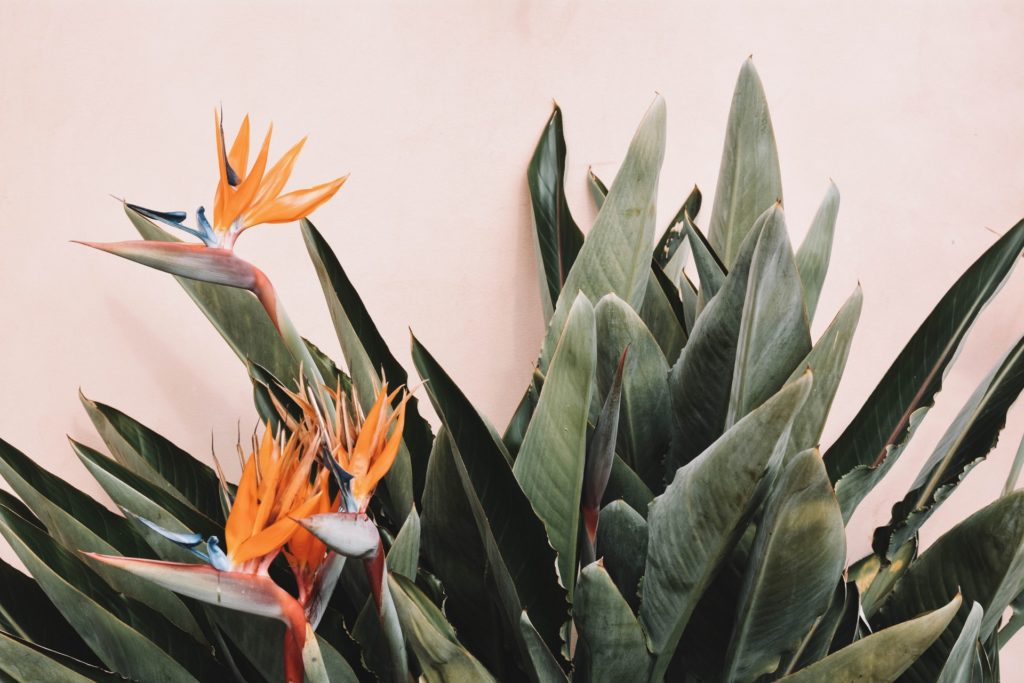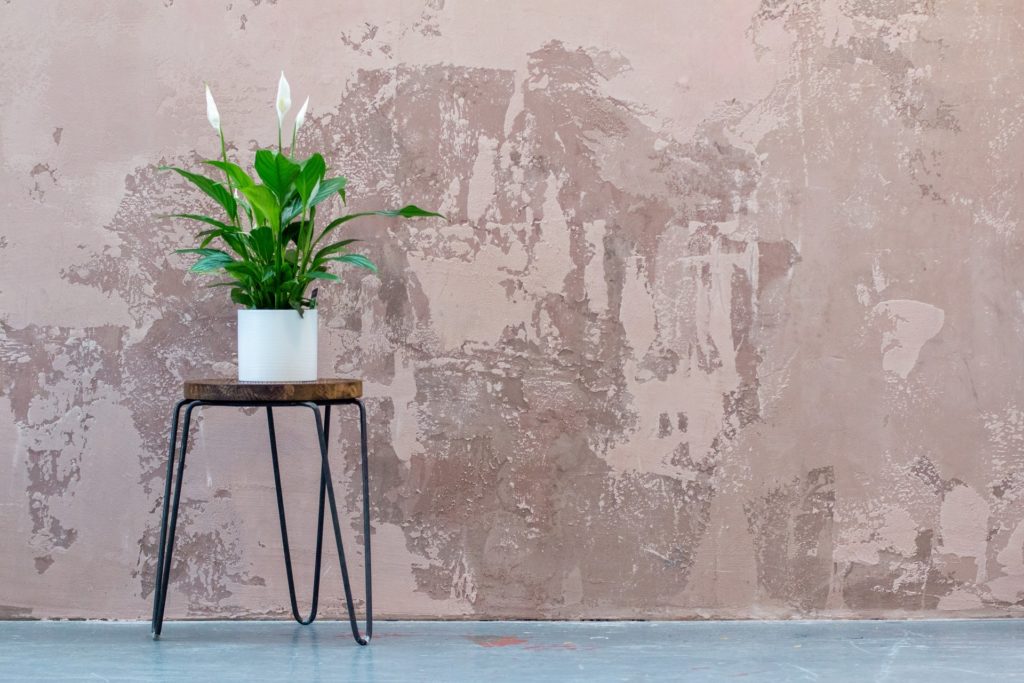Are you trying to figure out which types of plant will bring the sunshine vibes inside this summer?
Are you dreaming of the warmth and humidity of a tropical paradise? Do you love the outdoors and want to bring a little of that natural beauty into your home? Whether you’re looking to create a more vibrant living space or simply want to enjoy the benefits of greenery year-round, you’ve come to the right place.
Plants are one of the most effective ways to brighten up any home, adding that essential spark of colour and life to your domestic space. They can transform any room into a more welcoming, tropical-inspired environment that brings the outdoors in.
If you’re in the market for some indoor plants, remember that different plant types offer a variety of divergent aesthetics and thrive in a variety of conflicting conditions. To help you choose the right floral options for your living space, here are 7 IDEAL plants to bring a tropical vibe to your home.
Cacti
One of the most popular options for indoor plants is the good old cactus. You may have studied in primary school how this unique plant flourishes in the desert with little amounts of water – or at least, learnt how to pluralise its name – but have you ever considered one for your home?If you’re able to put it in a spot where it will receive plenty of natural light (though not too much exposure to direct sunlight; this can cause scorching), then a cactus is a great option for your home as they offer a unique, old-timey aesthetic and don’t require constant TLC. In fact, these indoor succulents don’t respond well to overwatering, and only require rehydration around once a week. Overzealous attention here can lead to root rot; perfect for the non intervention type of plant owner, we think.

Indoor Palm
If you’re looking to bring a little bit of that tropical vibe into your home but have exhausted the steel drum infused house music and Hawaiian shirt aesthetic, then look no further than an indoor palm.
These plants can grow to a formidable size (up to 8 feet in some cases) and can fill up an empty corner of your house amazingly well. Do bear in mind that their foliage will spread out over time and may need to be trimmed. Like monstera (more of that in a moment), they need lots of sunlight and water. Some of the best to keep domestically include kentia, sentry, lady and parlor.

Monstera Deliciosa
The Swiss Cheese Plant, as it’s affectionately known, has become something of an icon in recent plant centred design trends, and for good reason. With its distinctive split leaves and climbing nature, the Monstera brings instant jungle vibes to any space. These beauties can grow quite large indoors – up to 10 feet if given proper support – making them perfect statement pieces for modern interiors.
Monsteras thrive in bright, indirect light and appreciate weekly watering when the top inch of soil feels dry. They’re natural climbers, so consider providing a moss pole or trellis for them to scale. The iconic leaf splits (fenestrations) develop as the plant matures, creating that coveted Instagram-worthy aesthetic that’s taken the design world by storm.
Fiddle Leaf Fig
The Fiddle Leaf Fig has earned its reputation as the supermodel of the houseplant world, gracing countless design magazines and stylish homes with its large, violin-shaped leaves. Standing tall and statuesque, this plant can reach impressive heights of 6-10 feet indoors, making it an architectural element as much as a living decoration.
These beauties prefer bright, indirect light and consistent care – water when the top inch of soil becomes dry, typically every 7-10 days. Fiddle Leaf Figs are known to be a bit particular about their environment, disliking draughts and preferring stable conditions. However, once you’ve found the perfect spot for yours (and resist the urge to move it about), you’ll be rewarded with glossy, dramatic foliage that transforms any room into a sophisticated tropical retreat.

Peace Lily
Lovers of humid, tropical rainforest floors of the Americas, the Peace Lily enjoys dappled sunlight (mimic the sun poking through the leaves with some skilful manipulation of your blinds, perhaps?) and weekly watering. Experts advise waiting to see a partial droop in the plant as an indicator that it needs rehydrating; keep soil moist but not sodden and spritz the leaves regularly as a replacement for their usual beloved humidity.
It should be noted that these guys are sensitive to chlorine, so if you live in an area with especially chlorinated drinking water, use the filtered stuff for watering.
Studies have shown the Peace Lily to be a superb air purifier, particularly effective at cleaning the air of trichloroethylene and ammonia. These plants are great for keeping in the bathroom too, as they help curb mildew. Is there anything they can’t do?

Bird Of Paradise Flower
The Bird of Paradise flower (Strelitzia), which looks like an exotic creature spreading its wings to take flight, is one hell of a statement piece in a room as they can reach 5 feet in height. This plant comes in an array of vibrant colours, from bright orange to deep, royal blue and is beloved of beginner houseplant keepers and enthusiasts alike.
Though the Bird of Paradise blooms to its full potential outdoors, if placed indoors it shouldn’t be in direct sunlight all day (four to six hours a day is optimum), as this can lead to scorching. Partial shade works best here.

Anthurium
The anthurium is another brilliant way to evoke the tropics, with its bright, stately colourscope, and provocative, heart shaped appearance bringing intrigue to any room. Commonly called the Flamingo Flower or Painted Tongue Plant, this guy doesn’t require round-the-clock attention; simply water thoroughly when soil becomes dry to the touch, which occurs every four or so days. In the winter, when the plant isn’t growing, no watering is necessary.
Though anthuriums are adaptable, they don’t respond well to temperature extremes or fluctuations, so keep them in an area of the house with consistent, warm readings on the thermometer.

If you want to take a more arcane approach to dressing your home with plants, perhaps we can point you in the direction of our guide to the best houseplants to buy based on your zodiac sign? Don’t say we didn’t warn you!




